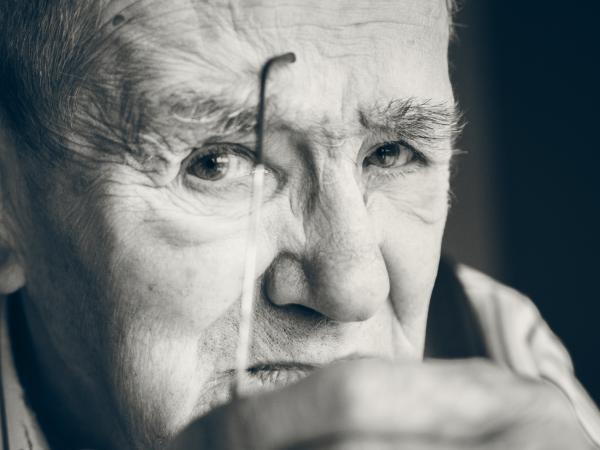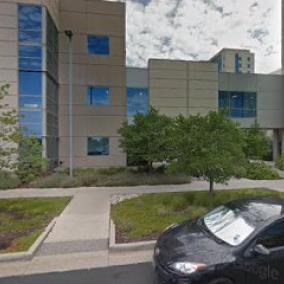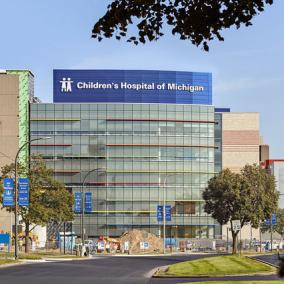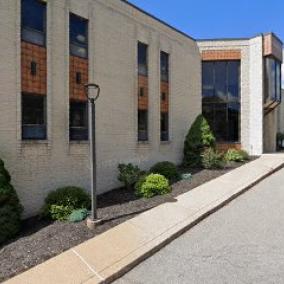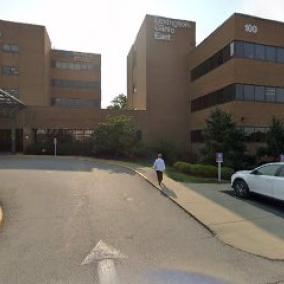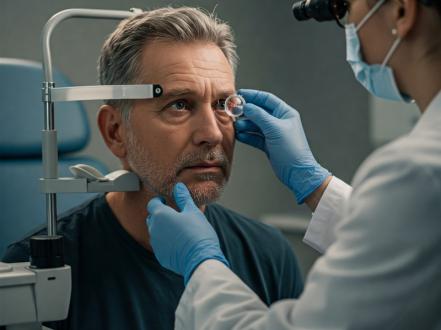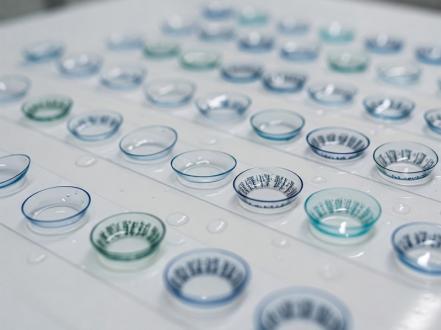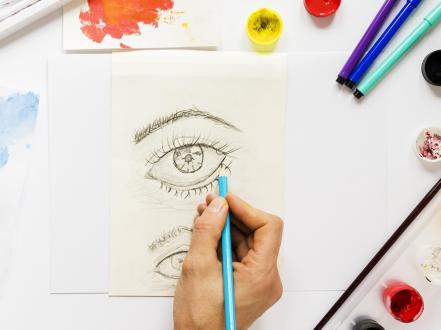Amblyopia, commonly known as "lazy eye," is a vision problem that affects early visual development in children, generally by the age of seven. The term "lazy eye" is misleading, as the physical appearance remains unchanged. The issue lies in the brain's visual cortex, where one eye fails to work properly, leading the dominant eye to compensate.
Amblyopia surfaces when one eye fails to work with the brain properly, creating a disconnect that leads to the principal eye taking over, hence becoming significantly stronger. This condition does not result from any eye pathology; instead, it's a developmental problem in the brain's visual cortex.
Though the term may lead one to believe that the affected eye looks distinctively lazy or out-of-sync with the dominant eye, the physical appearance usually remains unaltered, and the problem lies beneath the surface, in the clarity of vision or depth perception.
Amblyopia symptoms and causes
Amblyopia is typically characterized by an observable favorability of one eye over the other, which can be seen when the child squints or closes an eye to focus. Other symptoms might include poor depth perception, having eyes that seem not to work together, and abnormal results on vision screening tests. Often, it is often asymptomatic and diagnosed during regular eye check-ups. A leading cause of amblyopia is the unequal refractive error also known as anisometropia. In this condition, one eye may be more nearsighted, farsighted, or have more astigmatism, leading the brain to favor the eye with better focus. Additionally, conditions like strabismus, an ailment where both eyes do not align in the same direction, often result in amblyopia as well. Less commonly, a physical obstruction like a cataract blocking light and images from reaching the retina can give rise to a 'lazy eye.'
How is amblyopia diagnosed?
Amblyopia is often diagnosed during regular eye check-ups. Symptoms may include favoring one eye, poor depth perception, and abnormal results on vision screening tests. It can also be asymptomatic in some cases.
What causes amblyopia?
A leading cause of amblyopia is unequal refractive error (anisometropia), where one eye has a different degree of nearsightedness, farsightedness, or astigmatism. Strabismus, where eyes don't align, and physical obstructions like cataracts can also lead to a 'lazy eye.'
Amblyopia treatment
The primary objective of amblyopia treatment is to encourage the use of the weaker eye, thereby stimulating the part of the visual brain responsible for the lazy eye. This objective can be achieved in several ways.
For starters, corrective eyewear such as glasses or contact lenses are prescribed. In the case of strabismus, glasses can be used to correct eye alignment. For children with cataracts or similar conditions causing amblyopia, surgery might be needed to remove the obstruction.
In some instances, the more straightforward approach entails patching the stronger eye, forcing the weaker eye to work harder, thereby improving its ability to focus and connect with the brain. Initially, this treatment can be challenging, but with consistency and patience, significant improvements can be observed over time.
In more recent years, eye-drop therapy has gained popularity. This involves the use of atropine drops, blurring the vision in the stronger eye, and consequently, stimulating the use of the weaker eye. This alternative is favored by many parents and children alike as a less obtrusive option compared to patching.
Notably, though, early detection of amblyopia is crucial for successful treatment. Regular vision screenings during childhood can identify any vision problems, facilitating swift action to treat them before they become more severe. Delayed or untreated amblyopia can lead to permanent visual difficulties or even blindness in severe cases.
The primary goal of treatment is to encourage the use of the weaker eye. This can involve corrective eyewear such as glasses or contact lenses, surgery for physical obstructions, or patching the stronger eye to force the weaker eye to work harder.
What is eye-drop therapy for amblyopia?
Eye-drop therapy involves using atropine drops to blur the vision in the stronger eye, encouraging the weaker eye's use. This alternative is considered less obtrusive than patching and has gained popularity in recent years.
Why is early detection of amblyopia crucial?
Early detection is crucial for successful treatment. Regular vision screenings during childhood help identify vision problems, allowing prompt action before they worsen. Delayed or untreated amblyopia can lead to permanent visual difficulties or, in severe cases, blindness.
Can amblyopia be corrected in older individuals?
While amblyopia is most effectively treated in childhood, advancements like eye-drop therapy show promise in older individuals. However, early intervention remains key for optimal results.
Is amblyopia permanent?
With early and consistent treatment, amblyopia is often correctable. However, delayed or untreated cases may result in permanent visual difficulties or blindness in severe instances.
Corrective eyewear like glasses or contact lenses helps address refractive errors, while patching the stronger eye forces the weaker eye to work harder, improving its ability to focus and connect with the brain.
How can parents monitor amblyopia treatment progress?
Consistency and patience are crucial. Parents can monitor progress through regular check-ups with eye care professionals and by observing improvements in the child's visual abilities over time.
